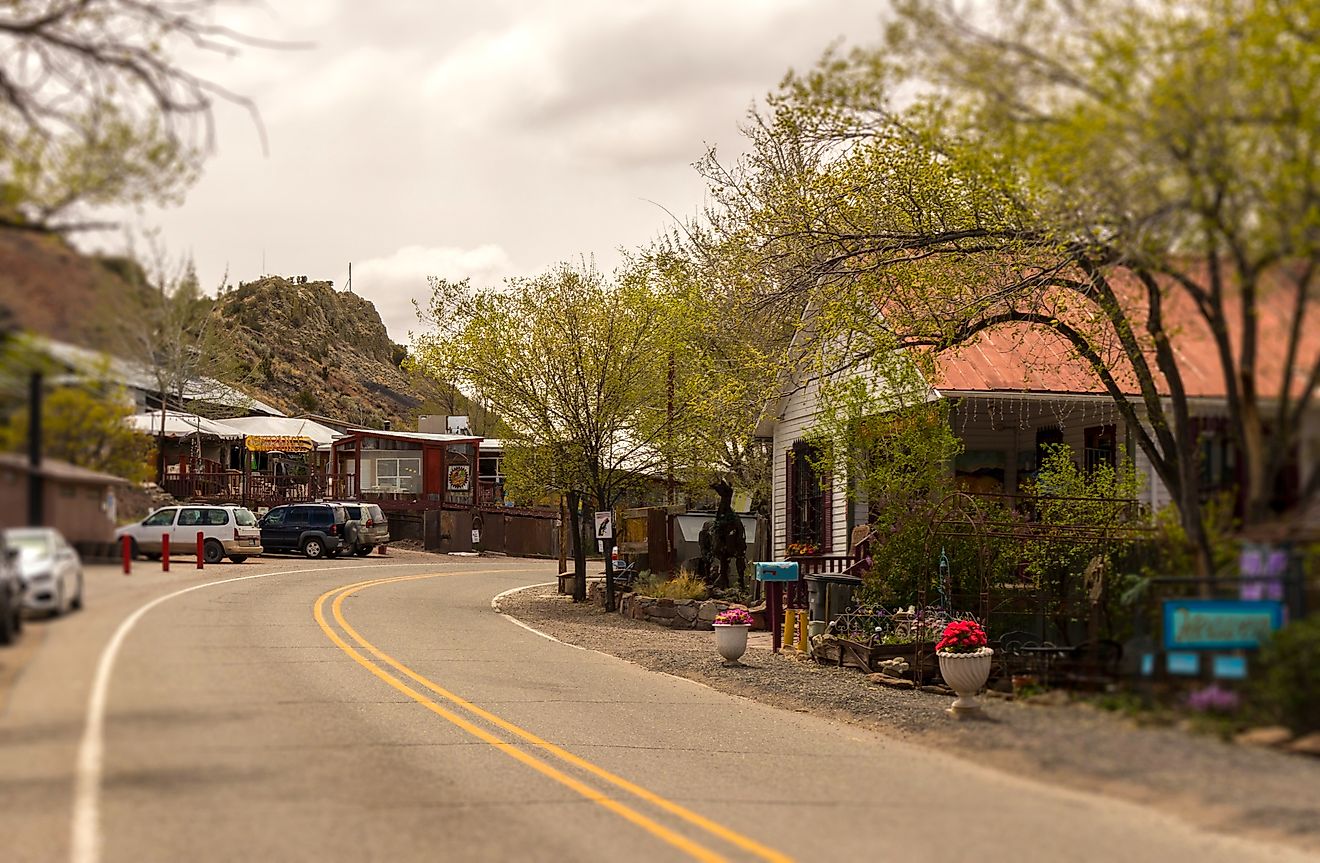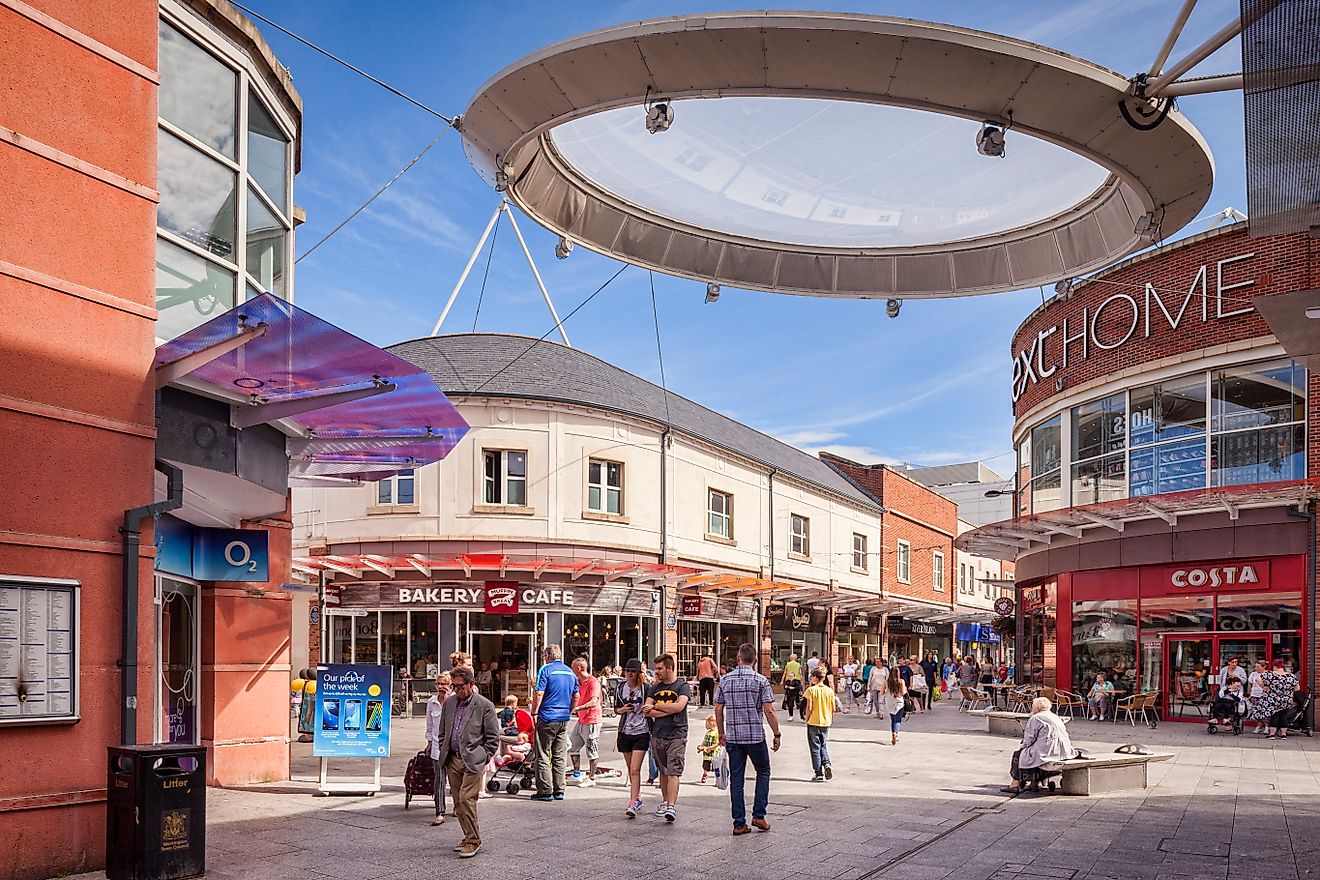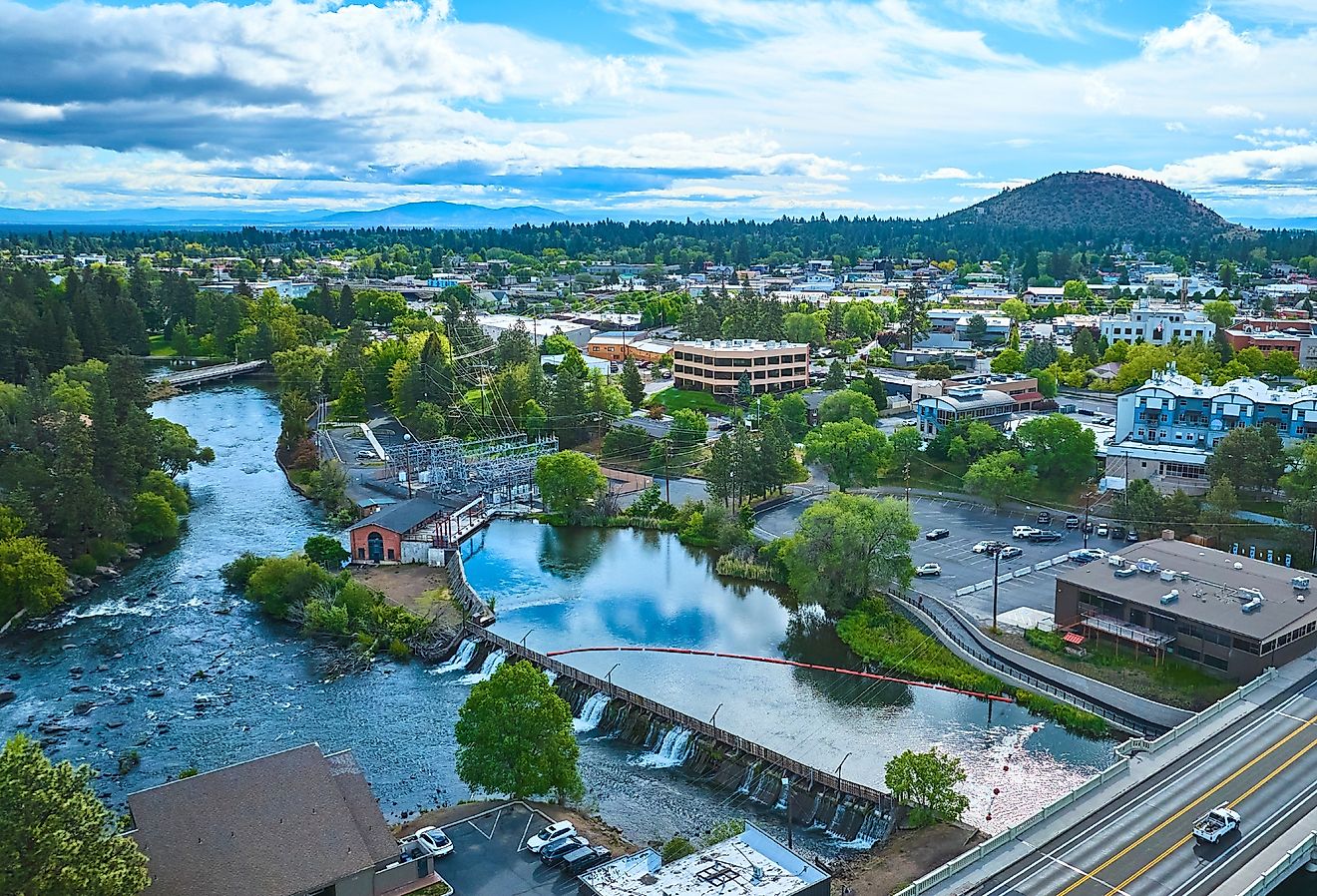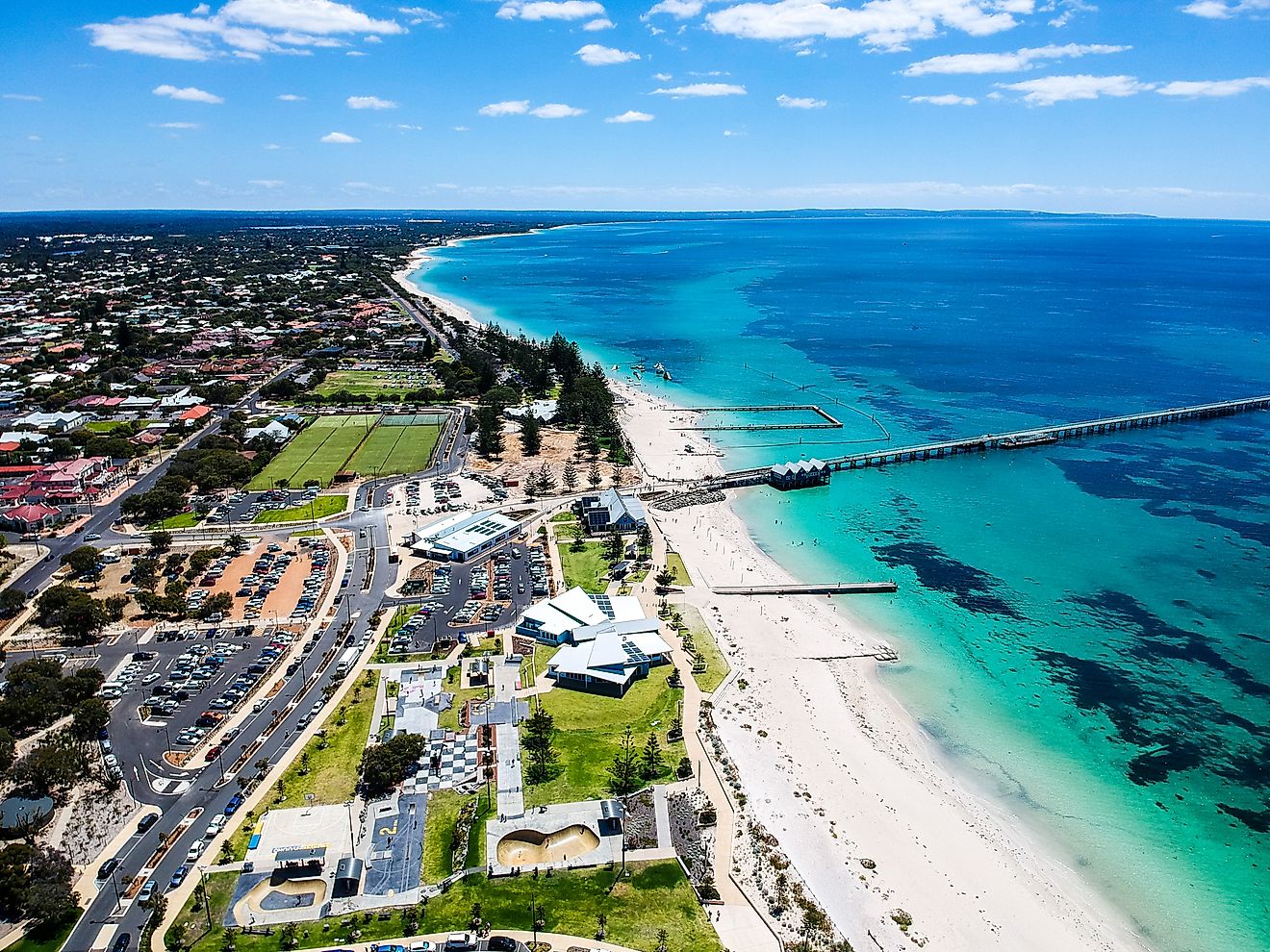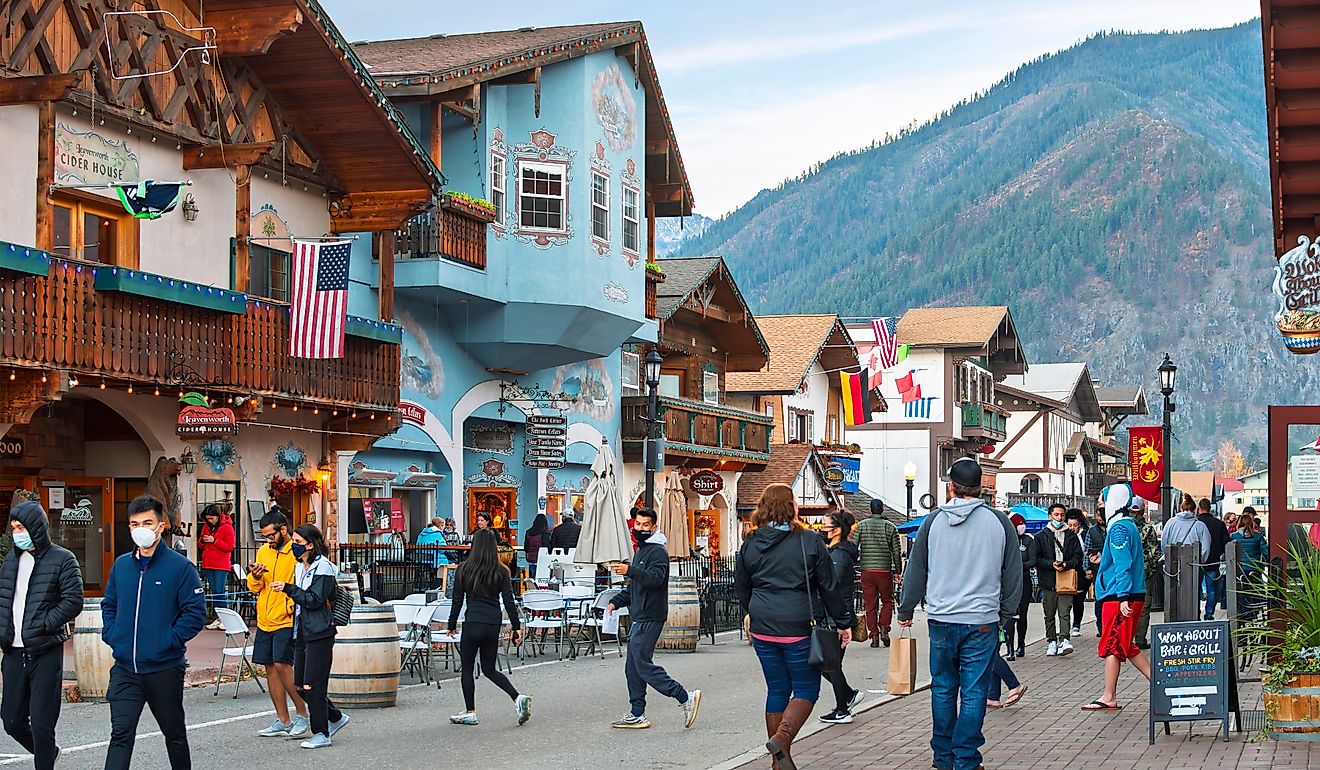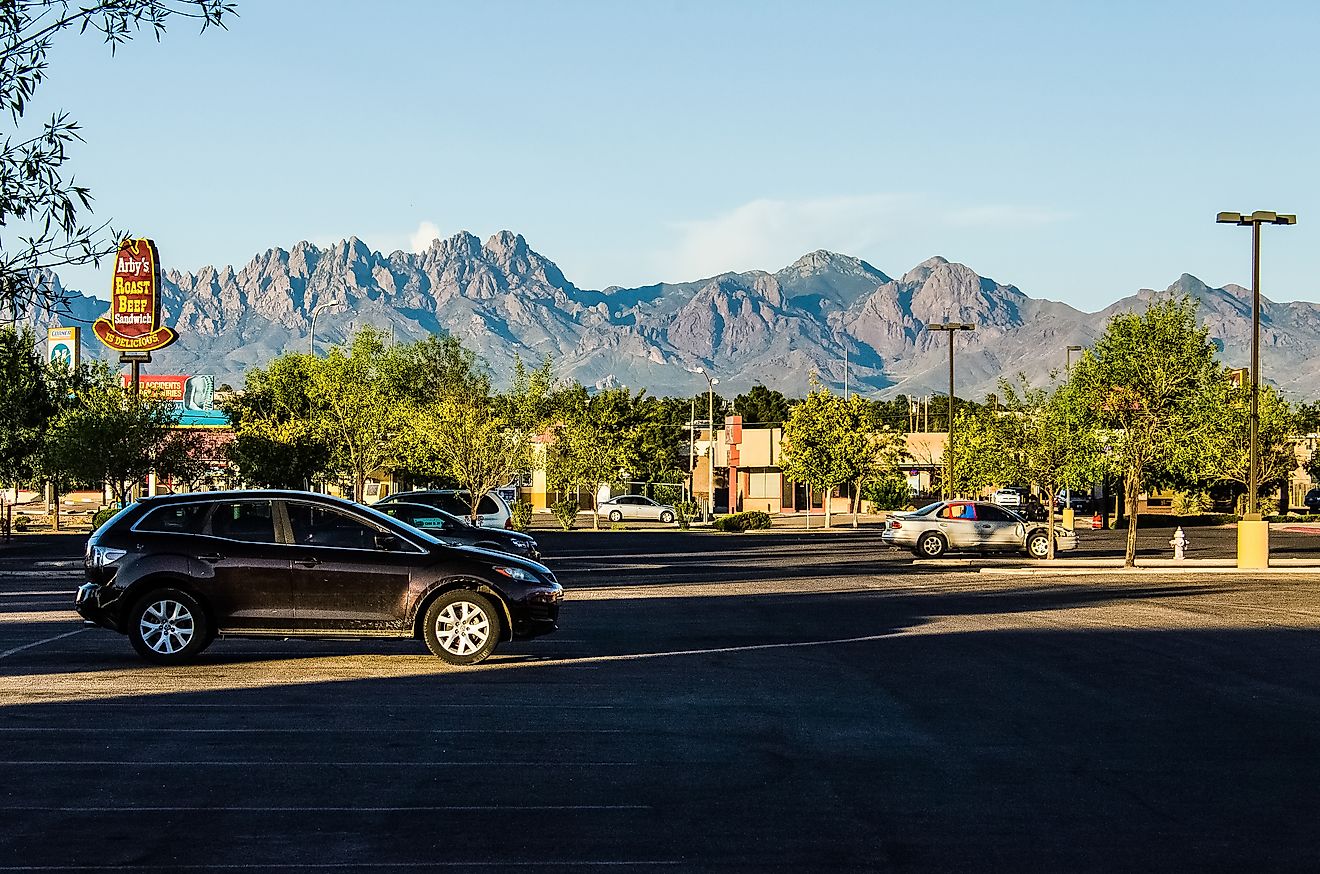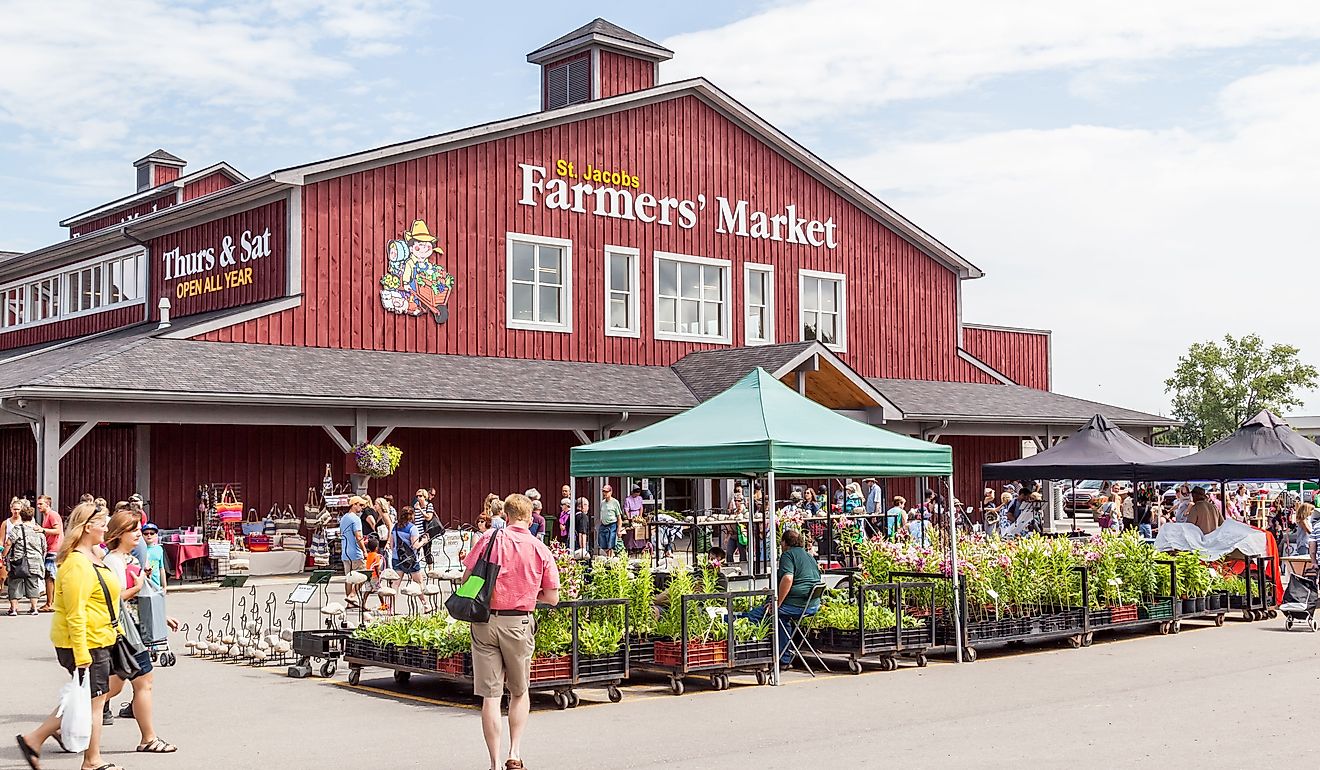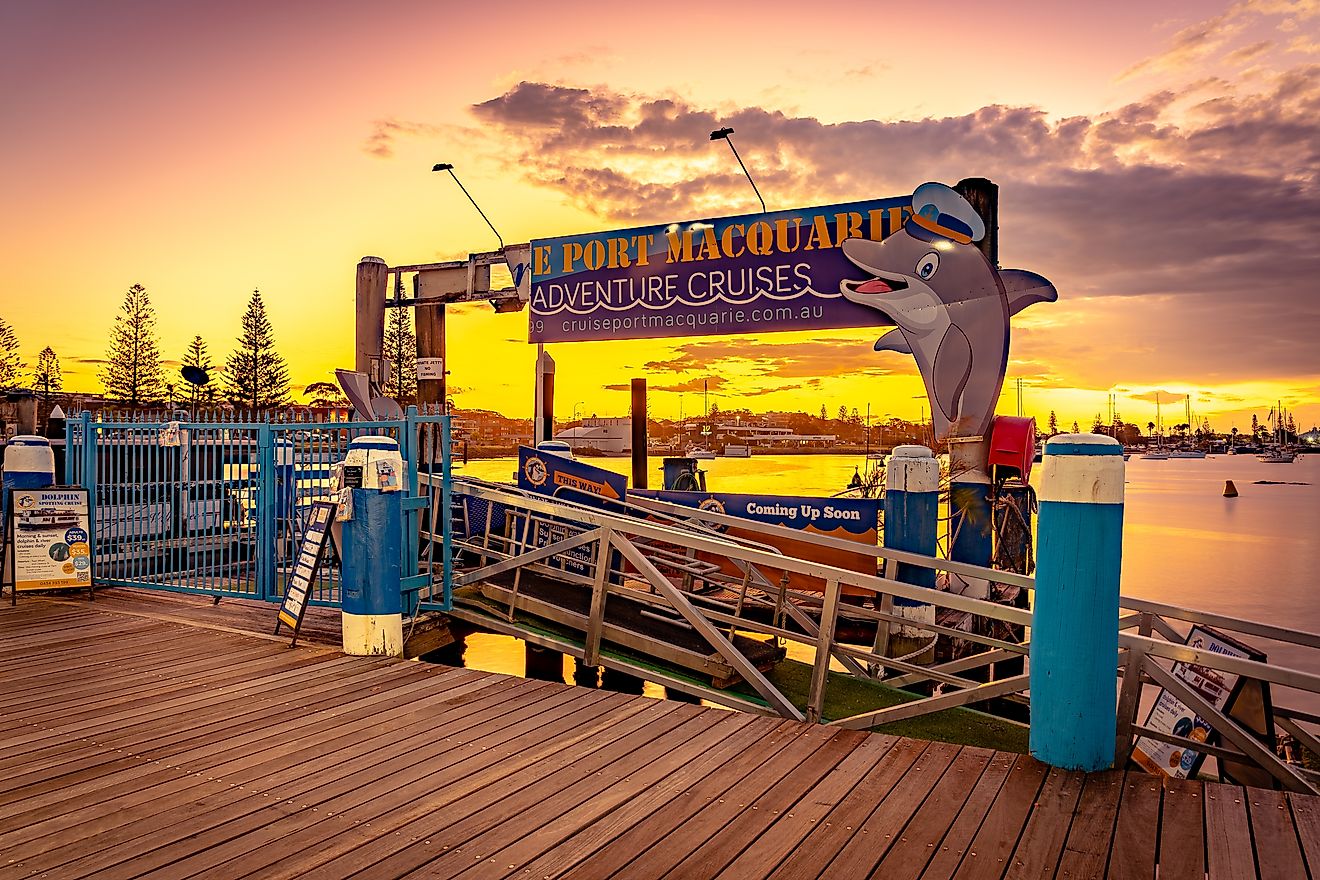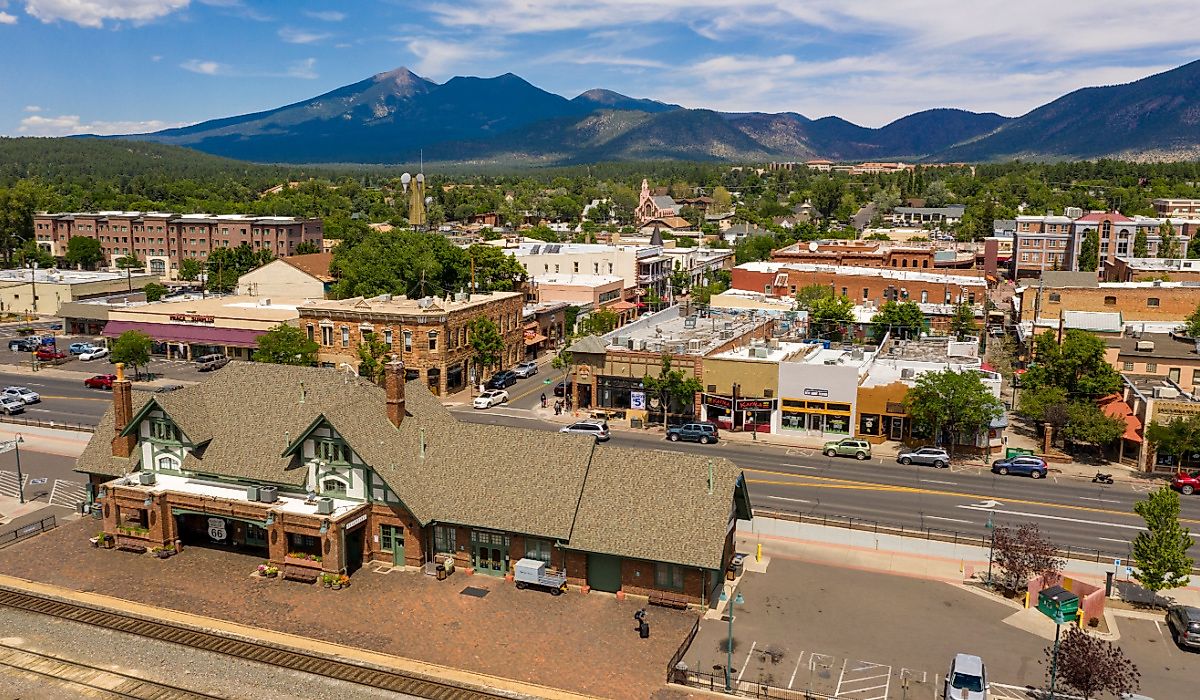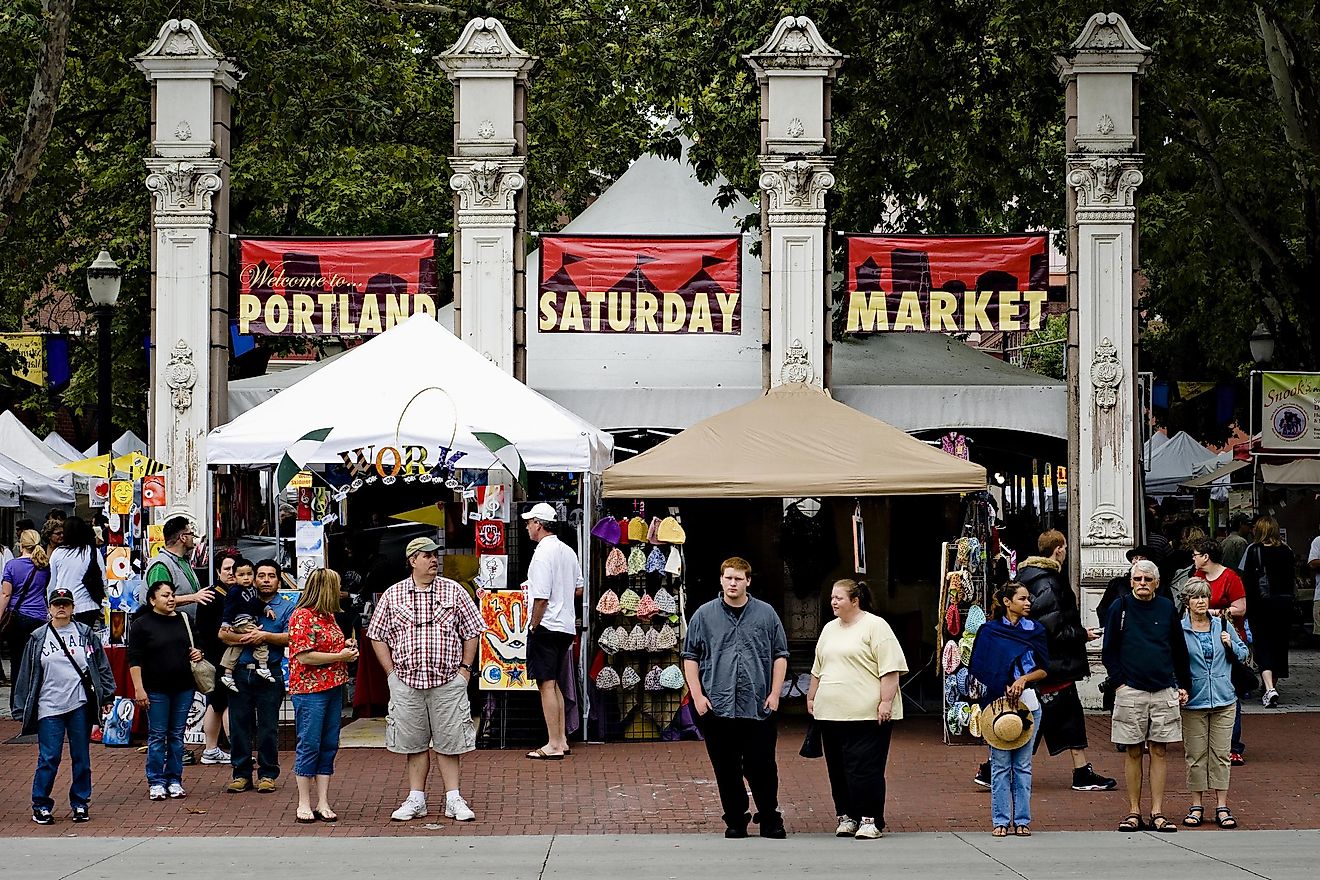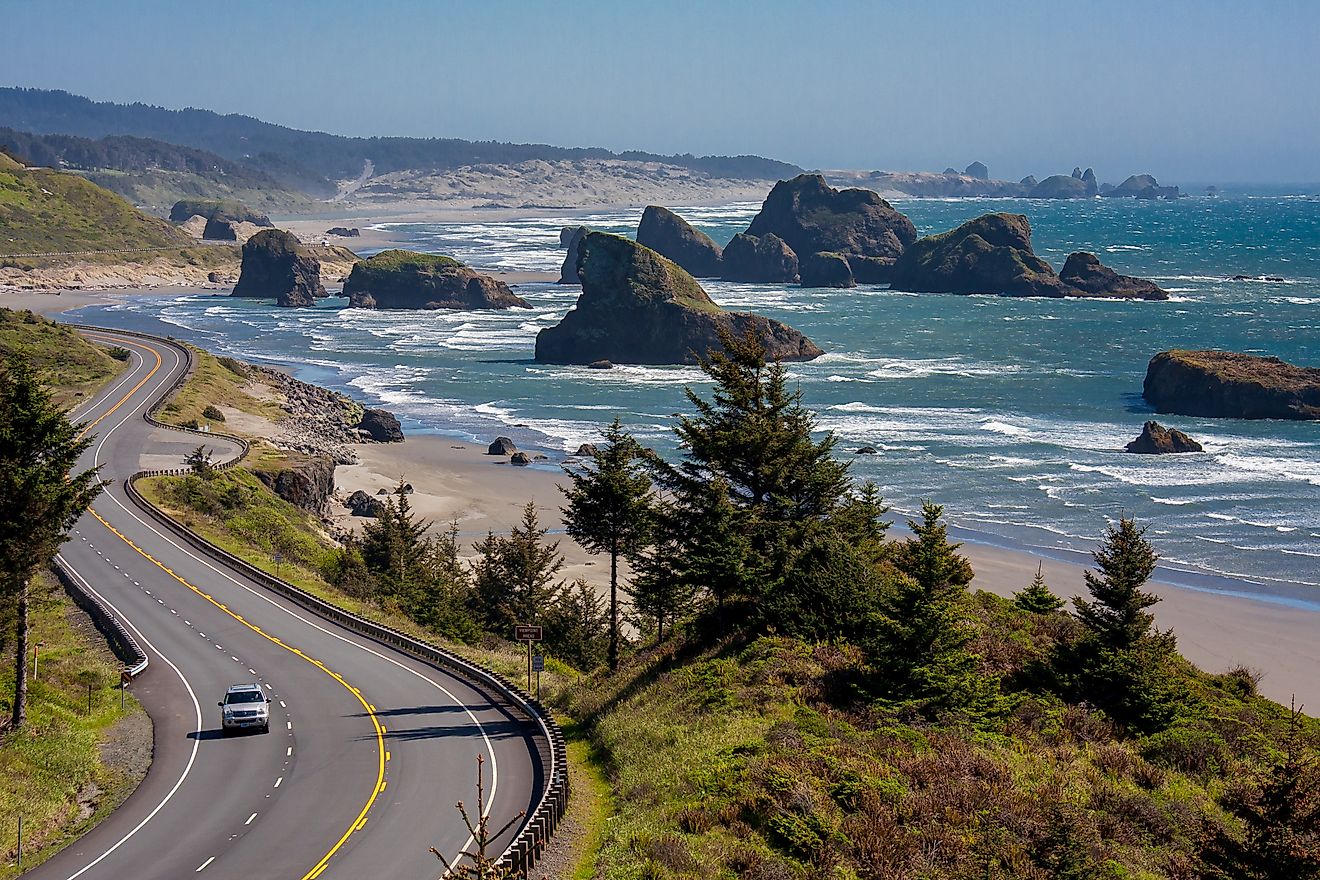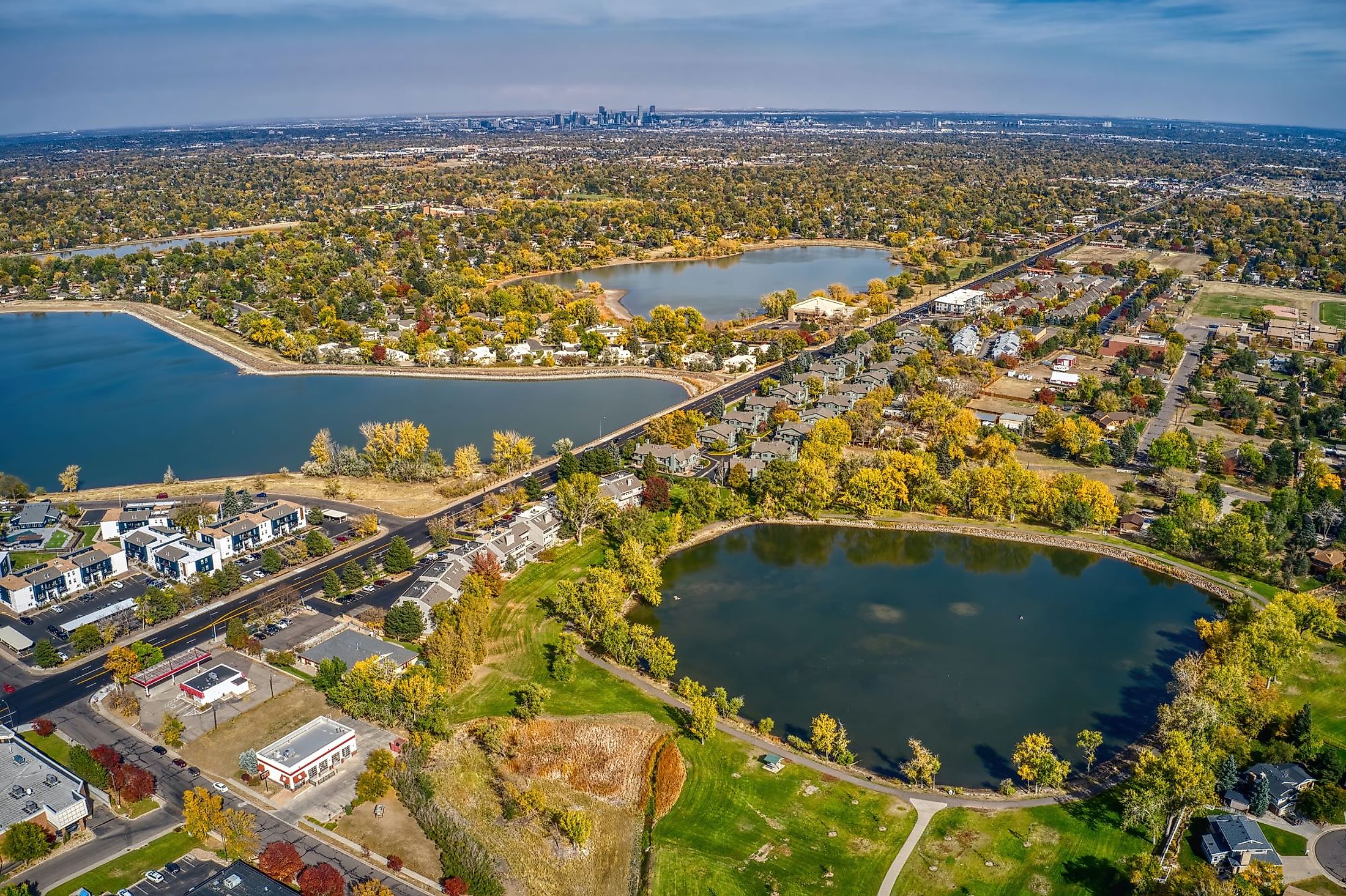
Lakewood, Colorado
Located to the west of the city of Denver at the foothills of the Rocky Mountains, the City of Lakewood is the largest and most populous municipality in Jefferson County in the US State of Colorado. The city takes its name from original resident William Loveland and the name he gave to the subdivision he plotted out in 1889. While its growth was rapid, the community has managed its development with a view to the future. Green space and parks take up more than 25% of the city’s area, incorporating 7,000 acres and more than 100 miles of trails.
Geography And Climate Of Lakewood
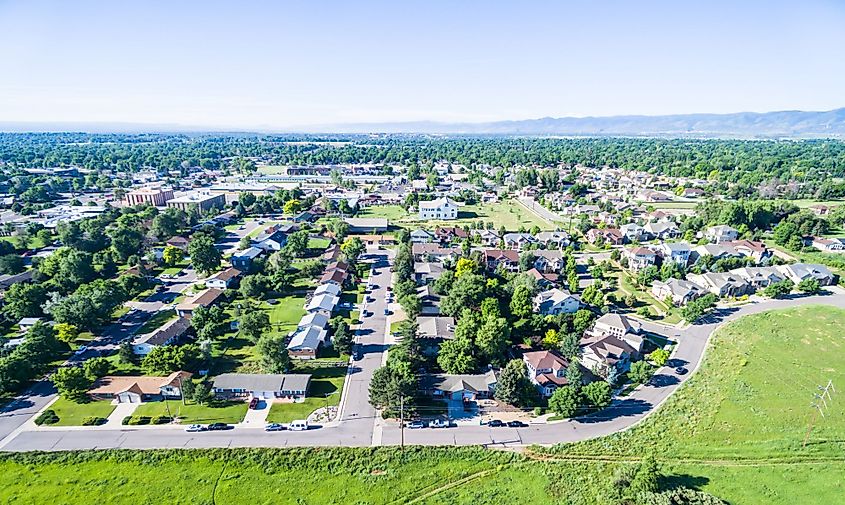
Lakewood is located on the western edge of the Great Plains and just east of the Front Range, part of the Rocky Mountains. The region is called the Colorado Piedmont, stretching along the base of the foothills and comprising the watershed of the South Platte River. Several tributaries of the river flow eastward through the region and city, including Turkey Creek, Bear Creek, Lakewood Gulch, etc. The city lies at an elevation of 1,682m above sea level. Lakewood is situated at the junction of U.S. Route 6 and Colorado State Highway 121. Just west of Denver, it lies 100 km northwest of Colorado Springs. It covers a total area of 115.635 sq. km, of which 112.595 sq. km is occupied by land, and 3.040 sq. km is covered by water. The central-west region of Lakewood incorporates Green Mountain, a mesa, or flat-topped ridge, rising at 2,089 m above sea level.
As per the Köppen Climate Classification, Lakewood experiences a semi-arid climate with four seasons. Weather conditions are often changeable. Winters can be very cold and snowy, interspersed with periods of mild weather, while summers can be warm to very hot. The day-to-night fluctuation in temperature averages about 30 °F throughout the year. The average daytime high in December, the coldest month, is 47.1 °F, with periods of cold, snowy weather where temperatures drop to freezing or below common between December and February. Highs during July, the warmest month, average 86 °F. The most precipitation typically falls between April and August, often in the form of afternoon thunderstorms.
Brief History Of Lakewood
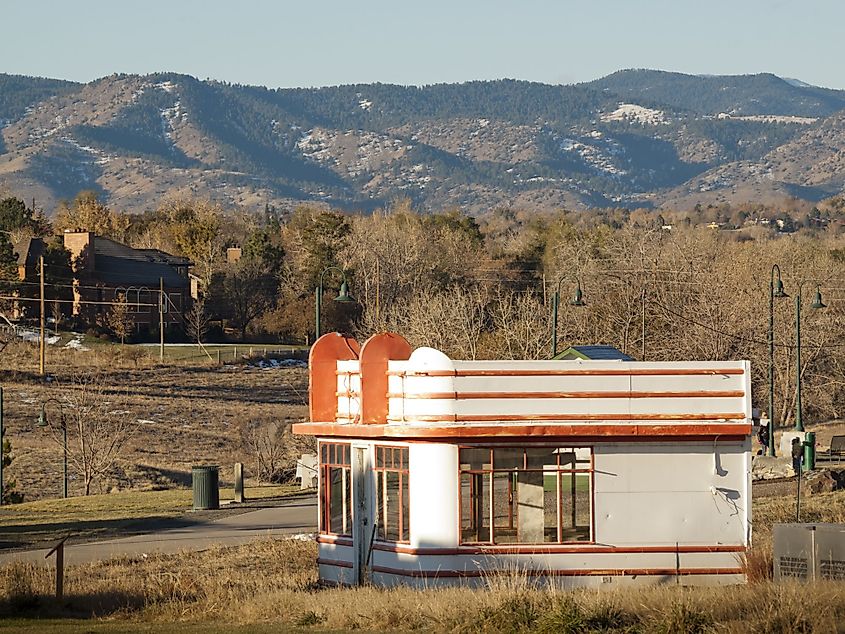
Early hunter-gatherer Paleo-Indian tribes inhabited Jefferson County in prehistoric times. Archaeological sites near Lakewood have revealed artifacts dating back to about 4,000 BC. The Ute Indians lived in the Front Range territory from the mid-16th century. The Arapaho and Cheyenne nations arrived in the early 19th century to be expelled by the Medicine Lodge Treaty of 1867, which relocated them to Oklahoma. The Gold Rush of the late 1800s led to the first White settlers in the area, now Lakewood, spilling over from Denver. Urban development began in 1889 when Charles Welch and William Austin Hamilton Loveland, the newly retired president of the Colorado Central Railroad, plotted out a 13-block area located along present-day Colfax Avenue, west of Denver in the eastern part of Jefferson County. Loveland bought the land to retire to the new community. The first name given to the town was Jefferson County, Colorado, a designation granted on July 1, 1889, as the first subdivision was platted. Loveland later brought in a link to the railroad, spurring the region's first growth spurt and a wave of economic development. Known first as the Denver, Lakewood & Golden Railroad (DL&G), it was completed in 1891, running along what is now West 13th Avenue. In 1940, the federal government acquired the land dubbed Federal Central for the munitions factory, and what was once farmland began to be replaced by residential development. From the Second World War until the 1970s, the railway ran heavy loads to the Denver Ordnance Plant, an enormous munitions facility. Lakewood remained an independent region with no central government for decades. Community members attempted to incorporate Lakewood on several occasions during the mid-20th century. The issues that stood in the way included ill-defined boundaries and a shortage of law enforcement agencies. Finally, the town of Lakewood was incorporated in 1969. With a population of over 90,000, citizens' groups were concerned about the lack of local law enforcement, among other issues. James Jeff "Jim" Richey, chairman of Citizens for Incorporation, became the new city's first mayor.
The Population And Economy Of Lakewood
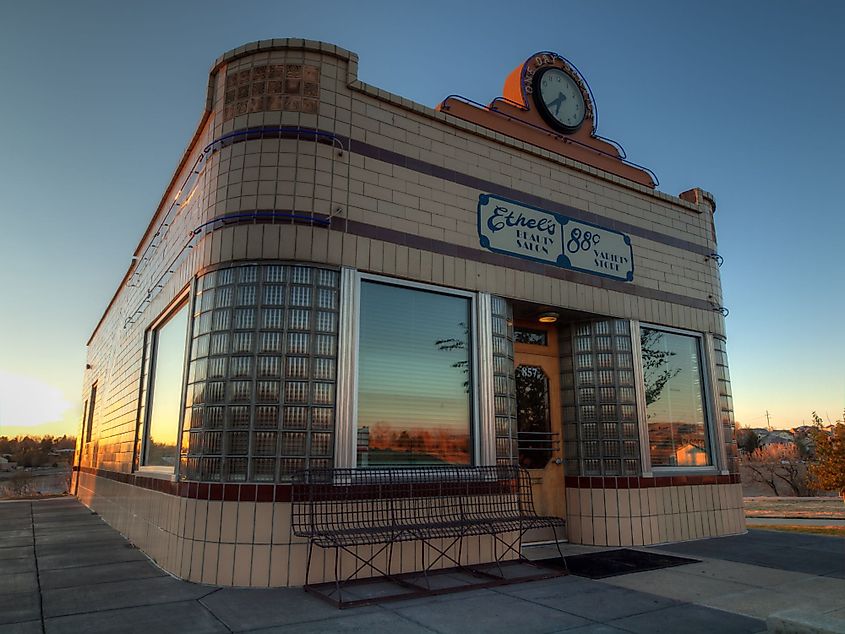
Lakewood’s population was counted at 155,984 according to the latest US Census, up from 142,980 in 2010. Most of the residents live in single-family homes, and a significant portion of the housing in the city was built between 1969 and 1980. At the time of its incorporation in 1969, the population of Lakewood was estimated at about 90,000 inhabitants. By 1973, the population had grown by 28%, and new wards were established to house the growing population. In 1970, the city’s residents were counted at 97,787. In a decade, it rose by about 15% to 112,860, and by another 12% to 126,481 in 1990. By 2000, it had climbed to 144,126, but due to the economic upheavals of the early 21st century, it dropped to 142,980 in 2010. That situation returned to positive growth by 2010.
Turkey farming, ranching, and dairy farming were Lakewood’s original industries. Orchards were planted, along with small farms that supplied the communities which were springing up all over the region. The U.S. Route 40, a major east-west route, was created in 1926, beginning in San Francisco and ending in Atlantic City, New Jersey. U.S. 40 incorporates a 26-mile segment of Colfax Avenue between east Aurora and West Lakewood. The highway brought travelers and boosted the city’s tourism industry, which became increasingly important in the city’s history. Because of its origins, Lakewood did not grow around a traditional and centralized downtown area. Residential development began to spread along West Colfax Avenue by 1910. Substantial growth would start about a decade later as the industrial areas of Lakewood began to take shape, including the Lakewood Brick and Tile Company (now the Summit Brick Company), the city’s longest-serving business, which opened in 1919. The United States ordnance plant was brought to Lakewood in 1941 and constructed at the foot of Green Mountain. The Remington Arms Company was contracted to operate the Denver Ordnance Plant site, which manufactured and tested munitions. By the 1950s, in addition to the more giant factories, service industries such as restaurants, drug stores, and gas stations became increasingly crucial to the local economy. Most were clustered along West Colfax Avenue. The largest employer in modern Lakewood is the government, including over 8,000 at the Denver Federal Center, which incorporates 26 different Federal agencies, and another 4,010 in the public school system.
Attractions In Lakewood
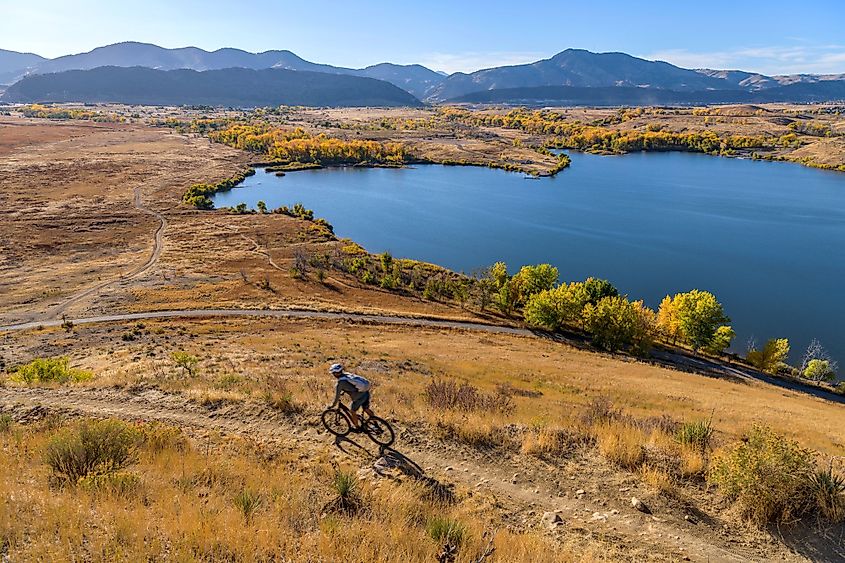
With so many parks, the great outdoors is one of Lakewood’s main attractions. Bear Creek Lake Park, centered around the Bear Creek Reservoir, offers fishing, swimming, boating, hiking, cycling, and camping opportunities. Green Mountain includes Wright Park, a pet-friendly park area, as well as several miles of hiking and biking trails in William Frederick Hayden Park, which surrounds the mesa.
With a mix of retail, cultural and public spaces, the Belmar complex is popular with locals and visitors. The city also boasts a 300-seat theater and gallery space, among other cultural institutions. 40 West Arts, located along the West Colfax Corridor, includes more than 20 public art installations, arts venues, and many art galleries. Lakewood is a thriving city in the shadow of the picturesque Rocky Mountains. After the wartime boost from the munitions factory, and with an educated workforce, the city’s focus has shifted to new energy and technology in the modern era.
